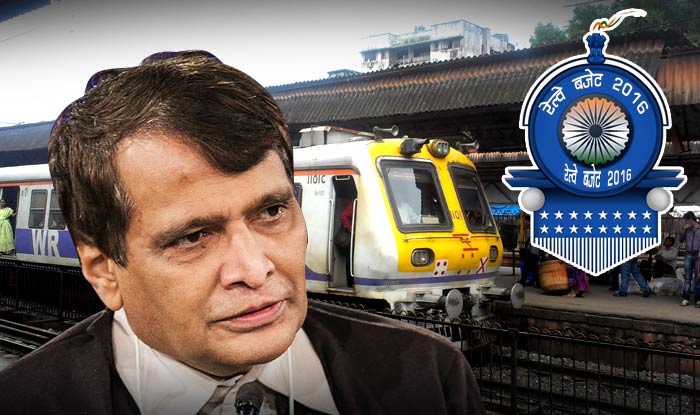
CHICAGO, IL (TIP): Renowned dancerchoreographer Leela Samson led a Bharata Natyam troupe of eight talented dancers from Kalakshetra (Chennai) in presenting Spanda (Vibration) on Saturday, May 4, 2013 at the Metea Valley High School in Aurora, Ill. Hosted by the Natya Dance Theater (NDT), the performance aimed to distill the essence of movement as described through the elements of pure dance by the Natya Shastra, which is the foundational treatise on theater and aesthetics in India.
Spanda seeks to establish a more relevant dialogue between dance, music, and stagecraft. Leela Samson is an alumnus of Kalakshetra. Her seemingly understated delineation conceals a powerful and inspired inner source, which gradually unfolds before the viewer. She is a virtuoso performer and a sensitive interpreter of the nuances of Bharata Natyam.
Two significant documentary films have been made on Samson – ‘Sanchari’ by Arun Khopkar and ‘The Flowering Tree’ by Ein Lall. Leela is the recipient of the Sanskriti Award in 1982, Padmashri Award in 1990, Nritya Choodamani Award in 1997, and Sangeet Natak Akademi Award in 2000. She served as Director of the Kalakshetra Foundation from 2005 to 2012. She is Chairman of the Central Sangeet Natak Akademi and the Central Government appointed her as Chairperson of the Central Board of Film Certification.
The other dancers were Bragha Bessel, Bilva Raman, Jin Shanshan (Eesha), Satyapriya Iyer, Christopher Gurusamy, K.V. Arun, Harikrishnan Nair, and Sai Santosh Radhakrishnan. Raman, and Eesha (from Beijing University) are students of Samson, while Iyer, Gurusamy, and Arun are members of the Kalakshetra Repertory. A visiting Indologist and dancer at Jawaharlal Nehru University, Eesha is from Beijing University. Bessel, a senior student of Adya K. Lakshman and Kalanidhi Narayanan, is renowned for her gestural representation (abhinaya) of the varied sentiments and is a consummate artiste and teacher in her own right.
The evening’s repertoire owes its name to the extended sequences in the first part that attempt to capture the origin and essence of cosmic movement through pure dance (nritta). Spanda refers not only to external movement but also to the inner vibration (naada) that animates all the rhythms of our universe.
Various devices were explored: three dancers in single undulating file, rising and falling in alternation while pulsating through expanding and contracting hand gestures; a human chain stretched through tension in opposing directions, recalling the polarization of positive and negative forces at the churning of the primordial ocean; or a whirlpool sucked into its vortex only to be thrown out again.
Spanda incorporates the philosophical concept of Earth as navel and source of energy and equates it with the womb as the origin of energy in the human body. An entire school of Shaivism revolved around Spanda, and Shaiva devotees imitated Nataraja’s cosmic dance to tap into and retrace this primordial vibration back to its divine source. The challenge for the longtime director and reviver of the prestigious Kalakshetra Foundation (Chennai) is to rediscover the basic movements of Bharata Natyam and reinterpret its traditional vocabulary in more universally applicable terms.
Renowned for consummate expression of the varied emotions (abhinaya), Bragha Bessel had ample leeway to improvise on their subtle nuances through two lyrical compositions (padam) by the Telugu Kshetrayya (1600-1680), who reveled in the sweetness of the erotic sentiment as an approach to Krishna. The first padam in raagam Punnaagavaraali of a ‘heroine’ (naayikaa) pining for her (divine) lover, enacted almost entirely seated on a chair to minimize the distraction of rhythmic movement, came as a counterpoint to the preceding Spanda.
She returned subsequently with another padam in a garland of raagas, where she rendered the same love lyrics through the successive characters of a naïvely infatuated (mugdhaa), middling (madhyamaa), and haughtily experienced (pragalbhaa) heroine. Torn between vivid recollections of past pleasures and indignation at recent infidelity, Samson too depicted, but though a javali (more rapid than the also moody padam and full of lilting rhythm), the jealousy consuming the betrayed (khanditaa) heroine towards her rival.
On Saturday, May 3, Samson had conducted an abhinaya workshop hosted by the Kalapriya Center for the Performing Arts and Soham Dance Space at the American Rhythm Center Studios in downtown Chicago. The unusual theme of the terrifying Bhairava as praised by the octet (kaalabhairavaashtakam) attributed to Shankaracharya, set to raga Hamsadhvani, allowed Samson to depict the furious (raudra) sentiment.
For, as she recounted beforehand, the impetuous god had sprung forth to decapitate the creator Brahma before being elevated to protector of Varanasi, holy city of the Hindus. Pure dance was interspersed with sculpturesque poses that highlighted his beauty as the embodiment and conferrer of liberation (moksha). The concluding item was a medley of three thillanas (brisk nritta set to rhythmic syllables) in raagas Revati, Madhuvanti, and Kalyaana Vasantam, each composed by the great violinist Lalgudi G. Jayaraman.
This medley was intended as homage in celebration of his 80th birthday, but he passed away this April 22 even as the troupe began its tour. The audience, many of whom were parents, and their children who had performed earlier the same afternoon in the NDT showcase at the same venue, showered the Spanda troupe with applause as the NDT Director Hema Rajagopalan presented each dancer with a bouquet.





Be the first to comment